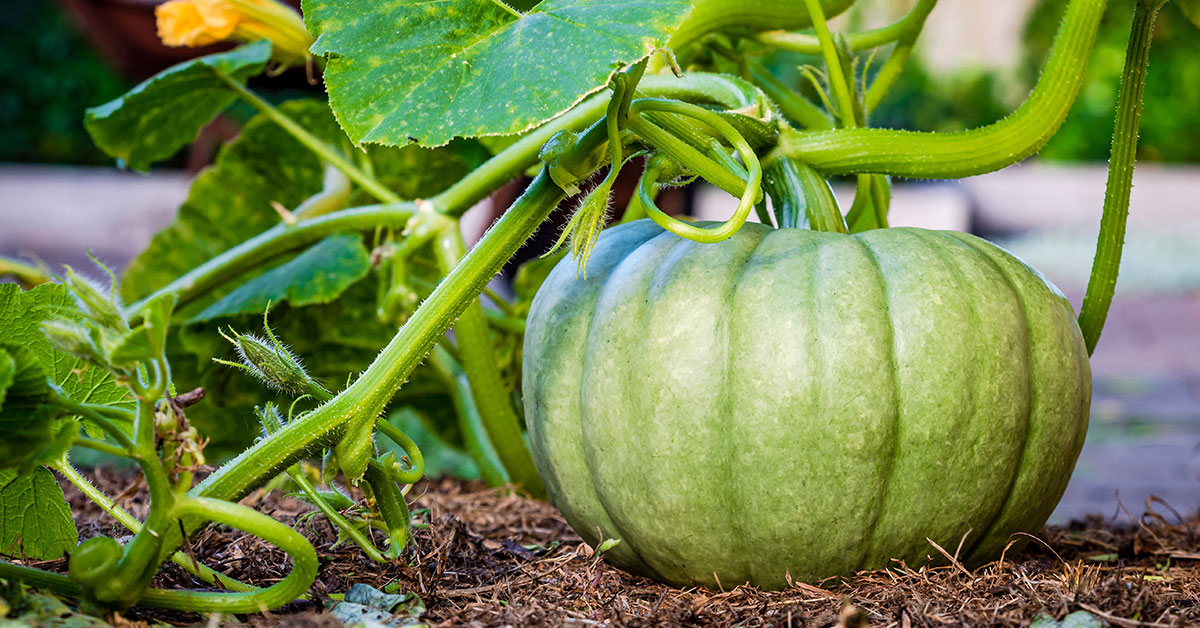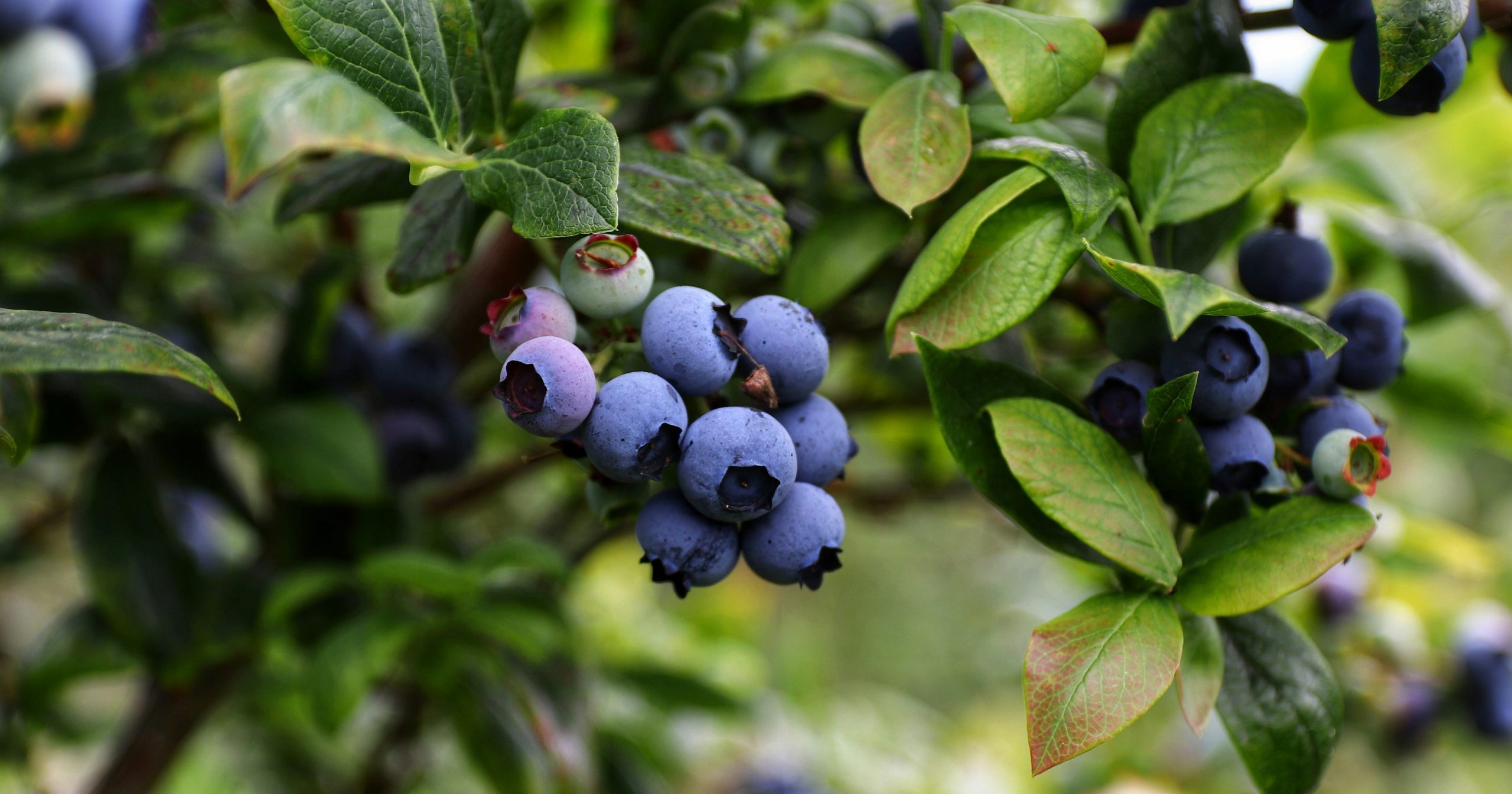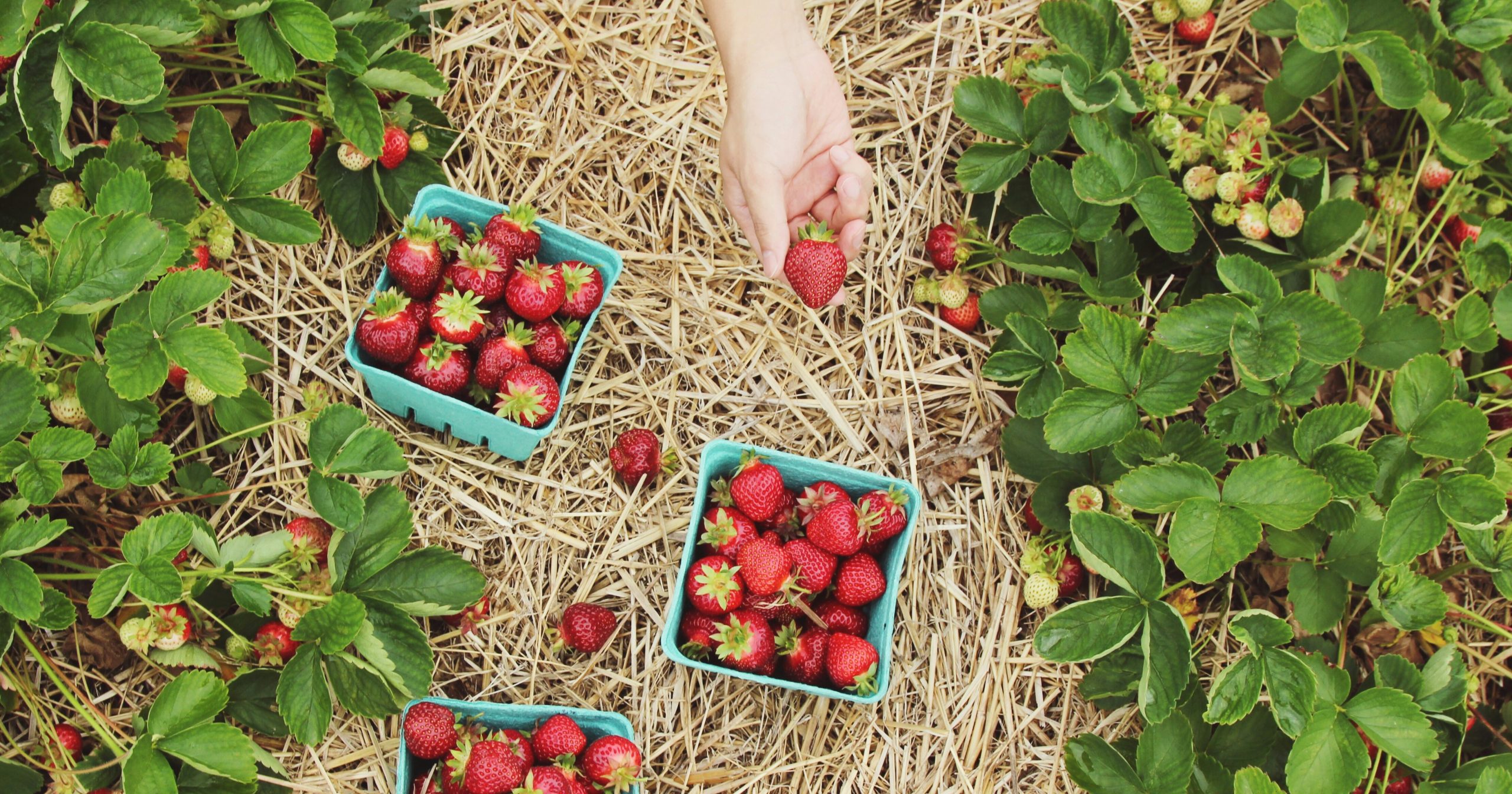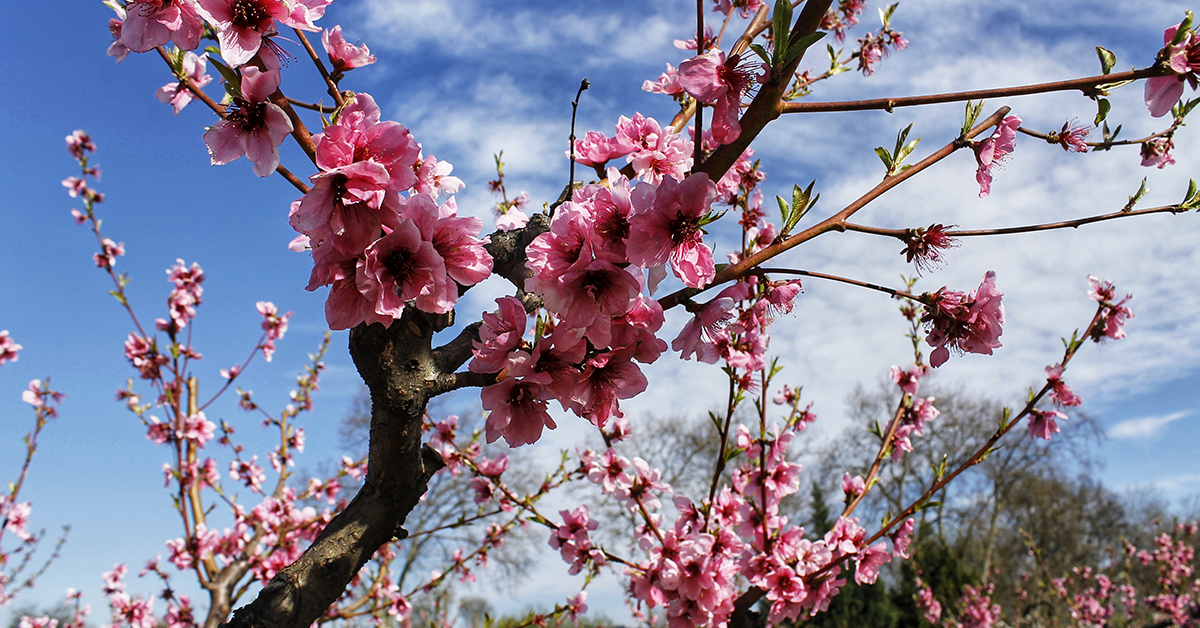The Buttercup pumpkin is a unique and flavorful variety of winter squash that is gaining popularity among foodies. This pumpkin has a distinct flavor profile, dense texture, and a beautiful dark green exterior that sets it apart from other pumpkins.
The Buttercup pumpkin is not only delicious but also loaded with essential nutrients, making it a healthy addition to your diet. In this blog post, we will explore everything you need to know about Buttercup pumpkin, from its history and nutritional benefits to tips on how to select and prepare it in your favorite recipes.
What is a Buttercup pumpkin?
The Buttercup pumpkin, also known as Cucurbita maxima, is a type of winter squash that is native to South America. This pumpkin variety is named for its distinctive shape, which resembles a flattened turban. Its exterior skin is dark green with a few lighter stripes, and it has a thick stem that is often left intact when cooked.
Buttercup pumpkins are highly nutritious and are a great source of vitamins A and C, potassium, and fiber. They are also low in calories, making them an excellent addition to any diet. These pumpkins are typically harvested in the fall and can be stored for several months, making them a popular ingredient for winter dishes.
When cooked, Buttercup pumpkins have a creamy texture and a sweet, nutty flavor that pairs well with a variety of spices. They are often used in soups, stews, and curries, and can also be roasted or baked. Additionally, the seeds of Buttercup pumpkins can be roasted and eaten as a nutritious snack.
Overall, Buttercup pumpkins are a versatile and delicious ingredient that can be used in a variety of dishes. Whether you are looking for a healthy and flavorful addition to your diet or simply want to try something new, Buttercup pumpkins are a great option to consider.
How to start Buttercup Pumpkin Seeds
Growing pumpkins from seed is an incredibly rewarding and relatively easy gardening endeavor. With the right preparation and care, anyone can experience the joy of watching these vibrant vines produce bountiful, colorful pumpkins. Starting pumpkins from seed allows you to choose from a wide variety of shapes, sizes, and colors to suit your preferences.
Additional Resource: Our Full Guide On Starting Pumpkins From Seed
Growing & care
Caring for pumpkins is remarkably straightforward, making it an ideal choice for both novice and experienced gardeners. Once established, pumpkins require minimal maintenance.
- Transplanting: When the danger of frost has passed and the soil has warmed up, transplant the pumpkin seedlings into your prepared garden bed or large containers. Ensure they are spaced 3-5 feet apart to allow for proper growth and airflow.
- Care and Maintenance: Water your pumpkin plants deeply and regularly, aiming for about 1-2 inches of water per week. Mulch around the plants to conserve moisture and suppress weed growth. Monitor for pests and diseases, and take appropriate action if necessary.
- Pollination: Pumpkins require pollination for fruit set. Bees and other pollinators are crucial for this process. To encourage pollination, avoid using insecticides that could harm pollinators and consider hand-pollinating if necessary.
- Fertilization: As the pumpkin plants grow, provide them with regular feedings of balanced fertilizer according to the package instructions. This will help support healthy foliage growth and fruit development.
- Pruning and Training: Control the growth of your pumpkin vines by gently pruning back excessive foliage. This promotes better airflow and directs energy towards fruit production. Use trellises or supports to train the vines if desired.
- Harvesting: Harvest pumpkins when they reach their full color, have a hard rind, and the stem starts to dry out. Cut the pumpkins carefully from the vine, leaving a few inches of stem attached. Handle them gently to avoid any damage.
Common pumpkin pests and diseases
Growing pumpkins can sometimes encounter a few common problems. Here are some issues you may face and their corresponding solutions:
- Powdery Mildew: This fungal disease appears as a white, powdery coating on the leaves, causing them to wither and die. To combat powdery mildew, ensure proper spacing between plants for good air circulation. Apply fungicides as a preventive measure or use organic treatments like neem oil or a mixture of baking soda and water.
- Squash Bugs: These pests feed on the leaves, causing wilting and stunted growth. Handpick and destroy the bugs or use insecticidal soap to control their population. Placing floating row covers over young plants can prevent squash bugs from laying eggs.
- Vine Borers: The larvae of squash vine borers burrow into the stems, leading to wilting and plant death. Cut open the stem, remove the borer, and mound soil at the base of the affected plant to encourage rooting. Applying row covers early in the season can help prevent adult borers from laying eggs.
- Blossom End Rot: This physiological disorder manifests as sunken, darkened areas on the blossom end of the fruit. It is caused by calcium deficiency or inconsistent watering. Maintain consistent soil moisture levels, provide adequate calcium through organic amendments, and mulch around the plants to regulate soil moisture.
- Poor Fruit Set: Insufficient pollination can result in poor fruit development. Encourage pollinators by planting pollinator-friendly flowers nearby. In the absence of sufficient pollinators, hand-pollinate by transferring pollen from male to female flowers using a small brush or cotton swab.
- Overwatering or Root Rot: Excessive watering or poorly drained soil can lead to root rot and plant decline. Allow the soil to dry slightly between waterings, and improve drainage by amending the soil with organic matter or growing pumpkins in raised beds.
- Weeds: Weeds compete for nutrients, water, and sunlight, hampering pumpkin growth. Regularly weed around the plants to minimize competition and maintain a weed-free zone.
Remember to monitor your plants regularly, catch problems early, and apply appropriate treatments promptly. By implementing these preventive measures and taking swift action when needed, you can address common pumpkin-growing problems and enjoy a successful harvest.
When to harvest Buttercup pumpkins
One of the most exciting parts of growing your own pumpkins is harvesting them at the right time. Buttercup pumpkins are no exception! Here are a few tips on how to tell when your Buttercup pumpkins are ready to be picked:
- Check the Skin Color: Buttercup pumpkins start out green, but as they mature, the skin will turn a deep, rich brown color. When the skin is fully brown, it’s a good indication that the pumpkin is ready to be harvested.
- Press the Skin: Another way to tell if your Buttercup pumpkin is ready to be picked is by pressing the skin. If the skin feels hard and tough, it’s a sign that the pumpkin is mature. If the skin is still soft and pliable, it may need a little more time to ripen.
- Check the Stem: The stem is an important part of the pumpkin plant, and it can also give you clues about when to harvest your Buttercup pumpkins. When the stem starts to dry out and turn brown, it’s a good sign that the pumpkin is fully mature and ready to be picked.
- Look at the Leaves: As the pumpkin plant matures, the leaves will start to wither and die off. When most of the leaves have died, it’s a sign that the pumpkin is fully mature and ready to be picked.
Harvesting your Buttercup pumpkins at the right time is important for getting the best flavor and texture. By following these tips, you’ll be able to harvest your pumpkins at the perfect time!
Uses for Buttercup pumpkins
Buttercup pumpkin, also known as kabocha squash, is a type of winter squash that is widely used in various cuisines around the world. This pumpkin is typically small in size and has a dark green skin with distinctive light green stripes. The flesh is bright orange and has a sweet and nutty flavor.
Buttercup pumpkin is a versatile ingredient that can be used in a variety of dishes. Here are some of the most common uses of this pumpkin:
- Soups and stews: Buttercup pumpkin is a great addition to soups and stews, as it adds a rich and creamy texture to the dish. Its sweet and nutty flavor also complements the savory flavors of the broth.
- Roasted dishes: Buttercup pumpkin can be roasted on its own or with other vegetables to make a tasty side dish. Roasting brings out the natural sweetness of the pumpkin and gives it a crispy texture.
- Desserts: Buttercup pumpkin can be used in a variety of desserts, including pies, cakes, and muffins. Its sweet flavor and creamy texture make it a great substitute for other types of pumpkin in dessert recipes.
- Curries: Buttercup pumpkin is commonly used in Indian and Thai curries, where it adds a hearty and flavorful element to the dish. Its texture also helps to thicken the curry sauce, giving it a creamy consistency.
Overall, Buttercup pumpkin is a versatile ingredient that can be used in a variety of dishes. Its sweet and nutty flavor, along with its creamy texture, makes it a popular choice for both savory and sweet recipes.




